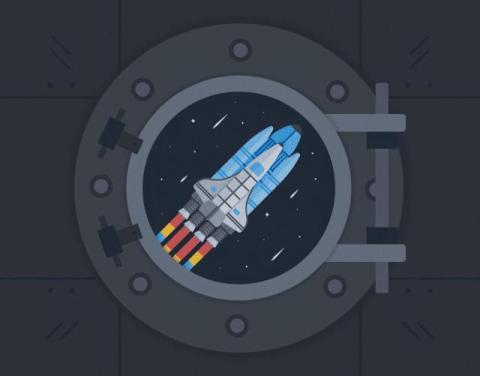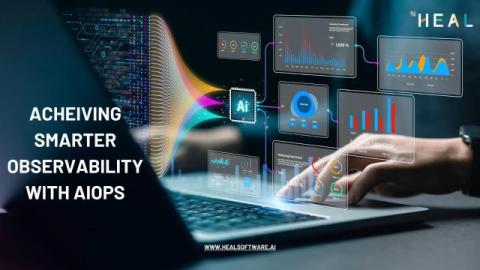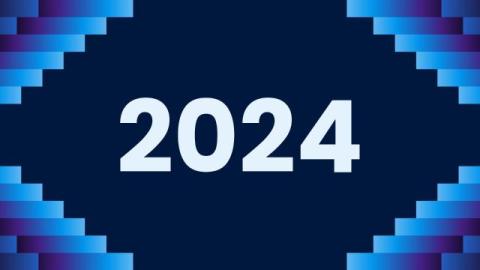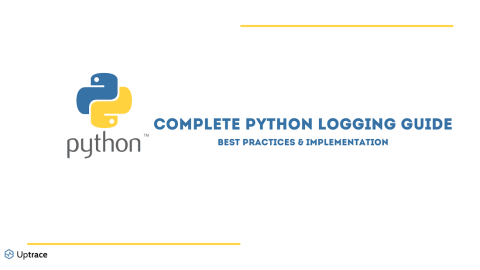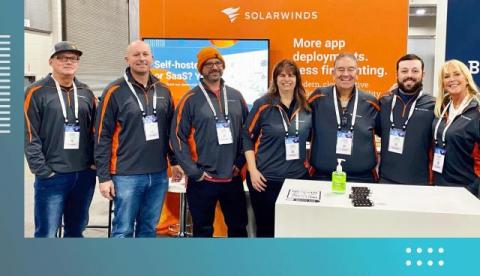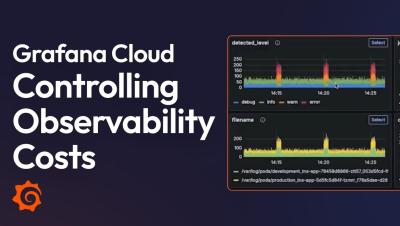Troubleshooting CORS Errors in Offsite API Calls
You may have wrestled with a web application attempting to call an offsite web service, such as an OpenTelemetry Collector, and gotten an odd error with the word CORS in it. Something like: Or, maybe you got a generic thrown error from your fetch statement that states Error: Failed to fetch …and you wondered, “What’s the problem, and how can I fix it?” These kinds of errors are called CORS errors, and they can be a bit confusing.


